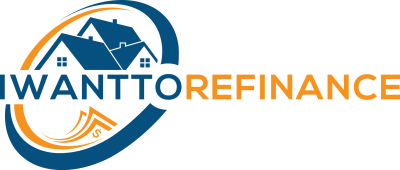Key Takeaways:
-
Loans involve an agreement between a borrower and a lender, where the lender provides money, and the borrower commits to repayment.
-
Loans consist of three main components: interest rate, loan amount, and term.
-
Common types of loans include personal loans, mortgage loans, auto loans, and student loans.
Table of Contents:
1. How Loans Work
2. Different Types of Loans
3. Loan Products
4. Shopping for a Loan
Introduction:
Loans are contractual arrangements between borrowers and lenders, enabling individuals to make purchases when they lack immediate funds.
1. How Loans Work:
Loans comprise three primary elements: the borrowed amount, the loan term, and the interest rate. Additional components like fees, collateral, or prepayment penalties may also apply.
2. Different Types of Loans:
Loans can be classified based on borrowing methods or repayment structures.
Secured vs. Unsecured Loans:
- Secured loans require collateral, while unsecured loans do not.
- Collateral serves as a backup for lenders in case of default.
- Mortgages and auto loans are examples of secured loans, while credit cards and personal loans are unsecured.
Installment Loans vs. Revolving Credit:
- Installment loans involve repaying a fixed amount over regular intervals.
- Revolving credit, like credit cards, allows borrowing up to a specified limit and flexible repayments.
Fixed-Rate vs. Variable-Rate Loans:
- Fixed-rate loans maintain a consistent interest rate and payment throughout the loan term.
- Variable-rate loans have fluctuating interest rates tied to financial indexes.
- Mortgages, auto loans, and personal loans commonly have fixed rates, while credit cards and certain mortgages offer variable rates.
3. Loan Products:
Various loan products cater to specific needs, each with distinct characteristics.
Mortgages:
-
Secured loans tied to real estate, often with fixed or adjustable rates.
-
Home equity lines of credit (HELOCs) are a popular mortgage type.
Personal Loans:
-
Unsecured loans, generally with fixed rates and installment-based repayments.
-
Interest rates on personal loans tend to be higher than on mortgages.
Auto Loans:
-
Secured loans utilizing the purchased vehicle as collateral.
-
Auto loans typically feature fixed rates and installment-based repayments.
Student Loans:
-
Specialized loans for financing higher education.
-
Can be government-backed or private, with varying repayment rules and options.
4. Shopping for a Loan:
When seeking a loan, it is essential to compare offers from different lenders and consider the following:
-
Compare multiple loan offers, including setup costs and total repayment amounts.
-
Ensure consistency in the loan amount, term, and rate type for accurate comparisons.
-
Thoroughly read and understand the loan terms and conditions.
-
Approach lenders specializing in loans suitable for your credit score and purpose.
-
Contact lenders through various channels to explore options.
Conclusion:
Understanding how loans function empowers borrowers to make informed decisions when selecting the right loan type, lender, and terms. Taking the time to shop around and compare offerings can lead to a more favorable loan experience.

